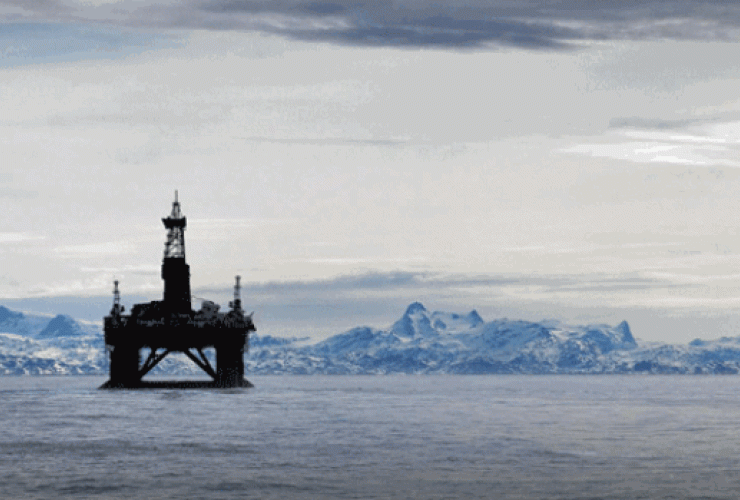People like to know where their food comes from. More and more we are thinking about the impact our choices have on the environment. And when people eat fish, they don't want there to be anything fishy about it.
In March the Greenpeace report This far, No further revealed how previously untouched areas in the Norwegian Arctic are at risk of being trawled to pieces and lost forever by expanding fishing fleets. Rather than heeding the warning and working to fix the problem, representatives from the Norwegian Vessel Owners Association, Fiskebåt, are spending their time telling retailers and food brands that their fishery is sustainable. But is it really sustainable to catch fish by bottom trawling in sensitive areas of the Arctic?
Sadly, as a result of climate change, melting Arctic sea ice has made it possible for fishing fleets to venture farther north into previously undisturbed areas. These fishing companies see the dwindling sea ice as a business opportunity. We believe it is an alarm call. It is a warning telling us to protect what scientists have recognized as an area of tremendous biological significance. Trawling in these waters could destroy this unique ecosystem forever.
These concerns have got some seafood buyers worried, prompting them to reach out to the Norwegian catching sector and Norwegian authorities to ask how this issue can be resolved.
Canadian consumers should be worried too. We import significant amounts of fish from Norway, and fish sold by popular brand High Liner may already be tainted by these controversial fishing practices. Do we really want to be accomplices in an assault on the Arctic environment?
A couple of weeks ago two of the biggest Norwegian fishing companies, the Institute of Marine Research in Norway, Norwegian fisheries authorities and big seafood companies met to talk about the issue. What the ultimate result of these meetings will be is yet to be seen. However the message coming from companies such as Fiskebåt and Havfisk ASA has so far been that Norwegian fish stocks are in a good shape, and Norway’s fisheries management is world class. Fish stocks in Norway may be doing ok, but the concern here is not about overfishing. The issue is that bottom trawling, one of the most destructive methods for catching fish, the fishing equivalent of a clearcut, is destroying the Arctic seabed and threatening the wildlife and ecosystem it supports.
So how do we stop this destruction? What we need is for the Norwegian government to step forward and ensure that the most ecologically and biologically significant areas of the Norwegian Arctic receive permanent protection––immediately. For too long the Norwegian government, despite their positive environmental image abroad, has allowed the catching sector to dictate public policy in this area. Norway has protected less than 1% of its marine waters, a far cry from its international commitment to protect at least 10% by 2020.
It is time the Norwegian government stood up for its Arctic waters and wildlife. This would not only be a significant step for Arctic protection in its own right, but by setting a good example it would help pressure Canada and all the Arctic states to follow suit and put protection ahead of exploitation in the Arctic.
It would also give fish-lovers here peace of mind. Canadian consumers should be able to enjoy their dinner without having to worry that their meal is tainted with Arctic destruction.



Comments